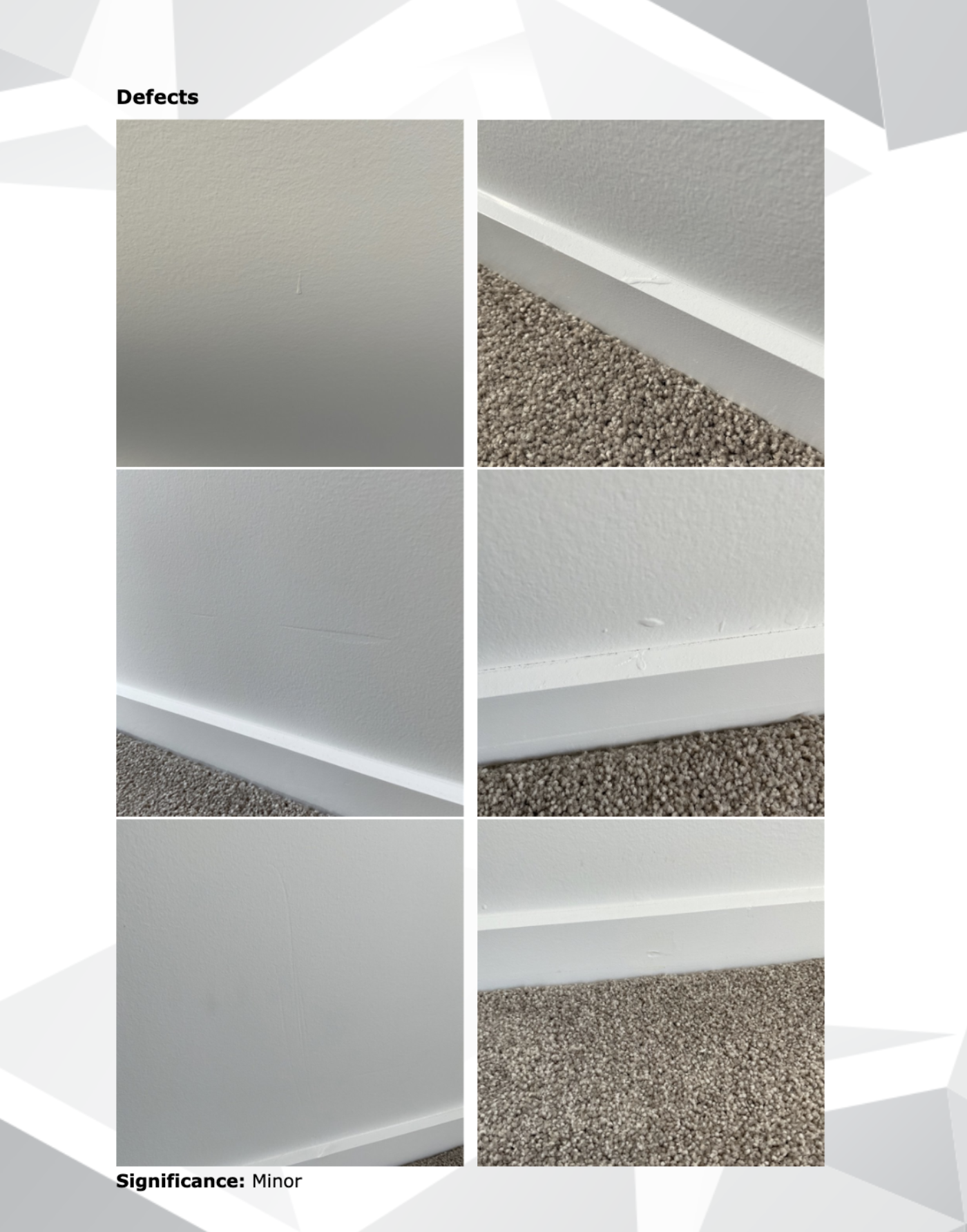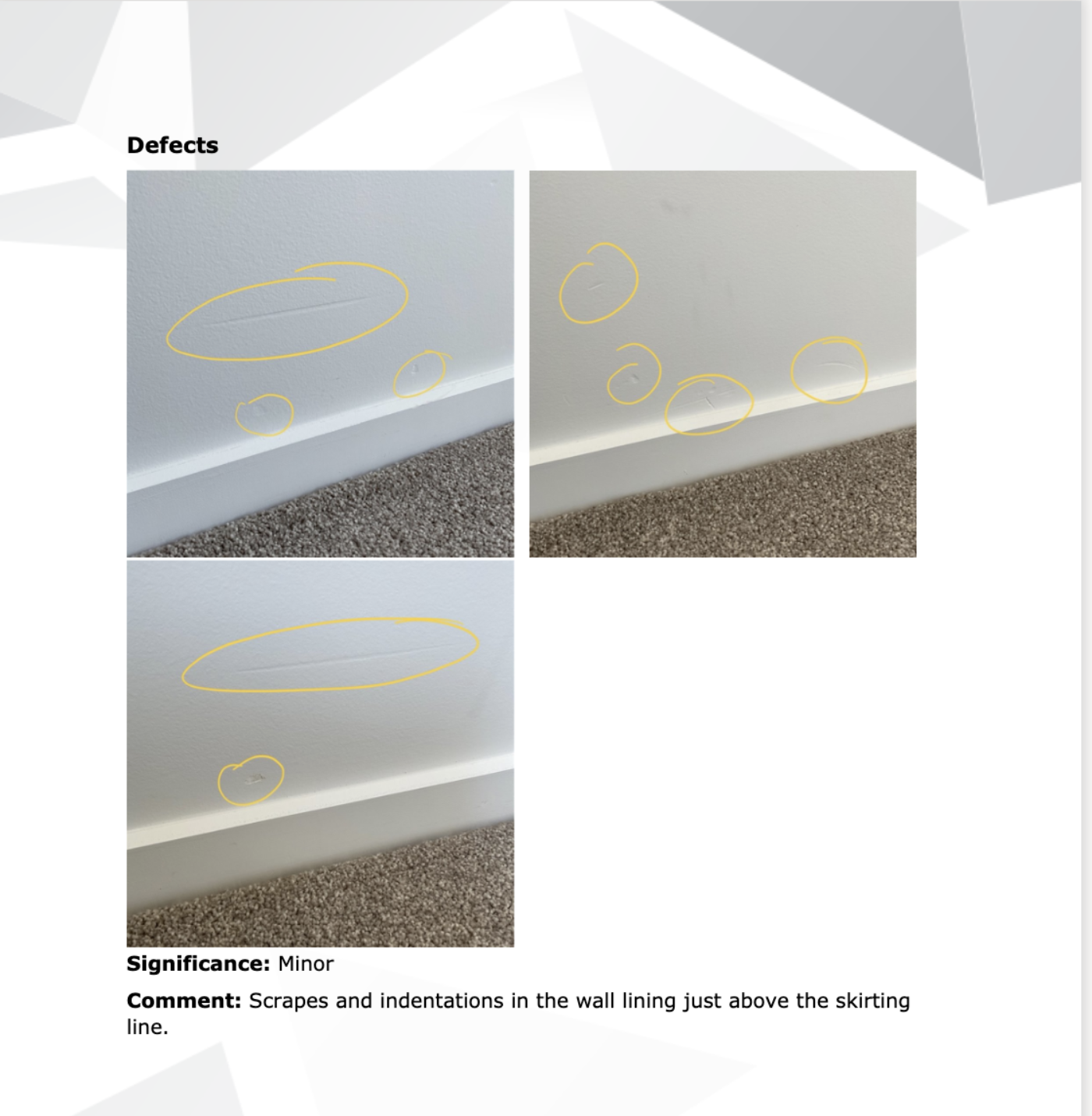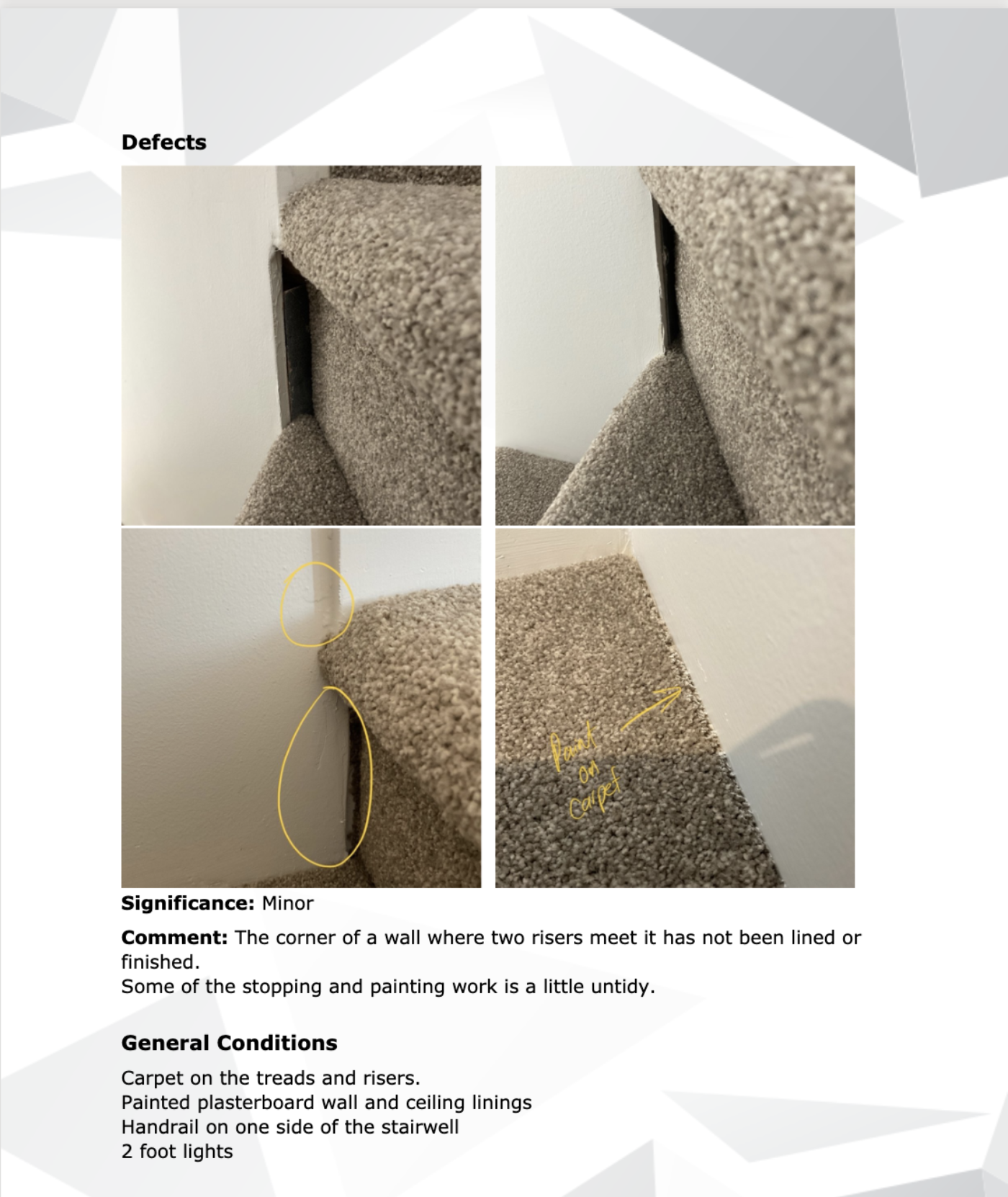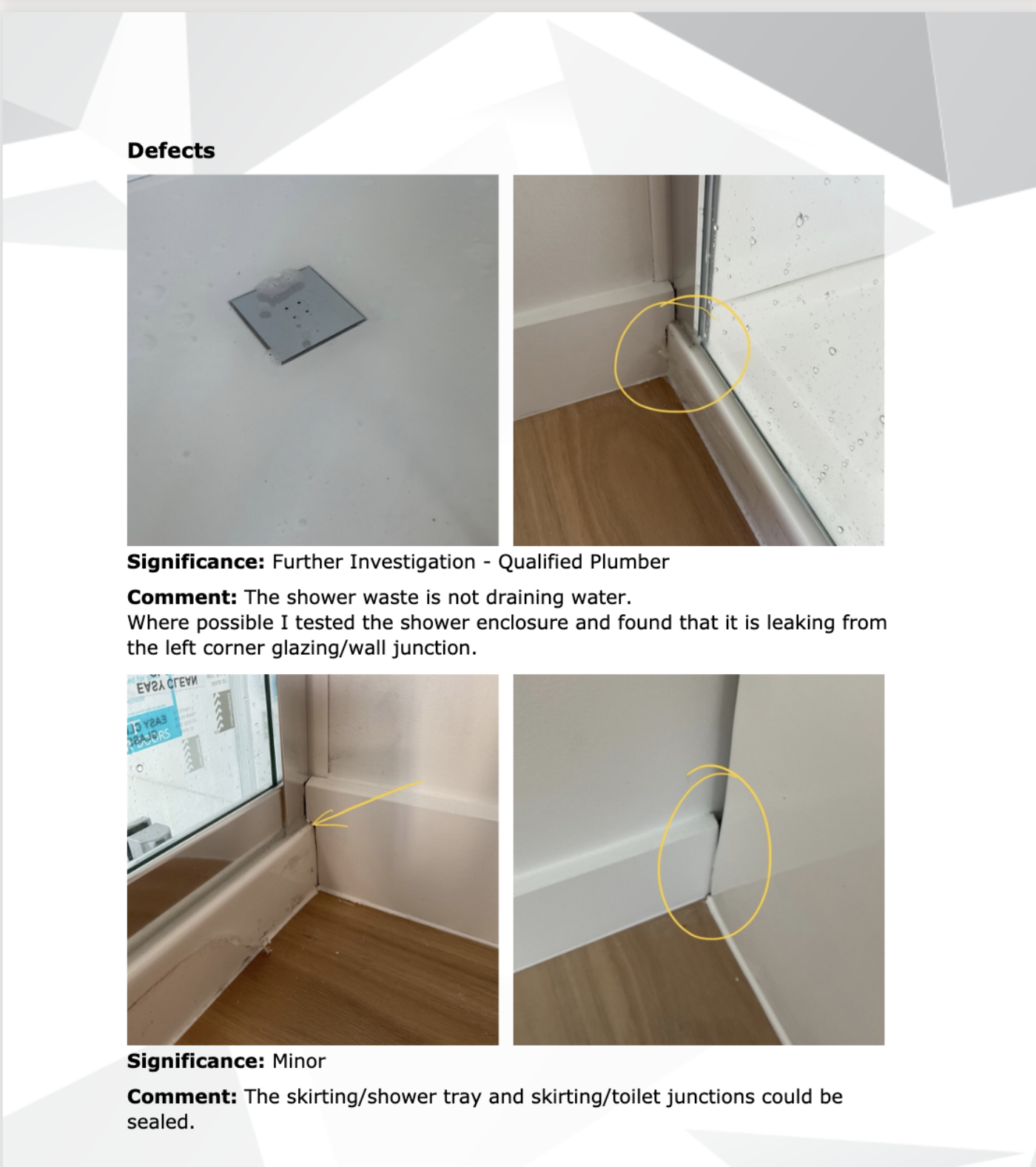
Property Investment
New Builds
7 min read

Author: Laine Moger
Journalist and Property Educator, holds a Bachelor of Communication (Honours) from Massey University.
Reviewed by: Ed McKnight
Resident Economist, with a GradDipEcon and over five years at Opes Partners, is a trusted contributor to NZ Property Investor, Informed Investor, Stuff, Business Desk, and OneRoof.
When you buy a New Build investment property you expect it to be perfect, right?
It often surprises property investors that New Build properties still come with defects.
Some of the paint may not be quite right. Sometimes the plumber doesn’t install the shower the right way. Other times a door might not be hung quite right.
All properties come with defects (existing properties too). But with New Builds the developer has to fix them within 12 months of the completed build date.
In this article, you’ll learn:
If you have any questions or thoughts, please leave them in the comments section below.
When you’re about to pay for a property, you’ll either do a pre-settlement inspection (where you go through the property yourself), or you will hire a building inspector to inspect the property for you.
During this inspection you’ll create a “snags list”.
This list contains all the defects found in your New Build property.
The most common defects found in New Builds are:
Defects happen because humans build houses – and humans make mistakes.
Here is an example of some paint defects picked up by a building inspector at a New Build:

If you’re working with Opes Partners we recommend you hire a building inspector.
They will go through the property and find everything wrong with it. This happens before you pay for the property.
It costs about $1,000 ... and it’s worth it.
That’s because the building inspector will pick up more issues than you can on your own.
Be warned: If you hire a building inspector, your Snags List will be long. Very long. Potentially panic-inducing for a newbie investor.
When you see it, you'll think: “Holy heck, I’m spending $800k on this investment property ... and there are all these things wrong with it!”
This is normal.
Why? Because the building inspector will list every little detail they find. They have to be thorough. You're paying $1,000 for it, so they’ll make sure you get your money’s worth.
Here’s an example of a paint defect a building inspector picked up. This is the level of detail they will go to.

It’s the developer’s job to fix issues on the Snags List. They have to fix any defect you tell them about within 12 months of you paying.
That’s why it’s a good thing if your building inspector picks up a lot of issues.
After the building inspection, you (or your CRM if working with Opes) will send the list to the developer.
That means you’ve notified them of the defects, so they have to fix them.
Here is an example of an email our team at Opes Partners sends to builders to get them to fix the list:
HI DEVELOPER,
I would like to draw your attention to the building inspection report attached. This is from Inspect House.
The report contains a list of all the items that need attention before settlement. Please fix these.
I've copied the investor in on this email. That is so you can let them know once you’ve completed the necessary repairs.
Please let us know when you’ve fixed the snags/defects.
Kind regards,
CRM NAME
Secure a comfortable retirement with 3 easy steps
Book your free sessionThe developer will often not fix every snag before you pay for the property.
Most of the time, these defects are small, and they won’t stop you from renting out your property.
For example, a building inspector found this carpet defect. There’s a little bit of paint splashed on the carpet. This will not stop you from finding a tenant.
So, the developer will generally fix this sort of defect within the following 12 months.

But issues with the plumbing will likely stop you from renting out your property. The developer needs to fix these before you pay.
A building inspector identified this issue in a Gisborne property last year. This is a common flaw in New Build properties.
The building inspector turned on the shower to make sure it was draining properly. It wasn’t, and there was a small leak in one of the corners.

This is a larger issue. It will stop tenants from moving in, so the builder had to fix it before the investor paid for the property.
This happened, and tenants could move in once the investor settled the property.
That’s why you must ask your building inspector which issues are critical … and which aren’t. You should focus on the ones that will stop you from renting out the property.
Often the builder will batch up all the small snags within a development and fix them all at once.
Let’s say you’ve bought a townhouse, and there are 10 other units within that development. The developer will collect all the snags from each unit. They’ll then do all the paint retouches and seal refreshes in one hit.
That means the developer won’t fix all the minor defects immediately.
You generally want to follow up with your developer 1-2 days before settlement. This is to check that the developer has fixed the defects.
If you’re working with Opes Partners, we will do this for you.
The developer usually confirms they’ve fixed the issues by email, but they typically won’t include a checklist (or any photos) to show the fixes are complete.
Sometimes investors don’t like this, so if you want to check the fixes are complete, you either need to:
There is an extra charge to hire the inspector again, and you must book the building inspector in advance. They won’t be able to attend with just one day’s notice.
You also need to be aware a standard contract will usually only allow for 1 building inspection before settlement.
So, the developer can say “no”. That means the second inspection happens after you pay for the property.
As mentioned, when you pay for the property there will still be defects.
When this happens, some investors want to withhold money from the developer.
This is understandable. You don’t want to hand over $800k for a property that still has outstanding issues.
But your lawyer will tell you this isn’t possible. You must legally pay for the property once the developer has issued a “settlement notice”.
To fix the defects you need to put pressure on the developer to fix the important ones. And you will need to wait for the developer to correct minor defects.
Remember, you get two automatic protections when a builder puts the property together. These come from the Building Act:
There is no set time frame for the developer to fix these defects. The law just says, “a reasonable timeframe.”
So, if there are issues you’ll work with your lawyer to see what’s possible.
If you’re working with Opes Partners we will chase major defects until you settle the property. Our job is to make sure the property is tenant-ready.
You’ll work with your property manager and solicitor to get minor defects fixed. That happens after settlement.
Because you’ve sent your building inspection report to the developer, they have to fix them.
No. Defects are a normal part of the build process. That’s the same as if you’re purchasing an existing property.
That’s why you need to get a building inspector. They will make sure they find the snags. That way, the developer has to fix them.
Journalist and Property Educator, holds a Bachelor of Communication (Honours) from Massey University.
Laine Moger, a seasoned Journalist and Property Educator holds a Bachelor of Communications (Honours) from Massey University and a Diploma of Journalism from the London School of Journalism. She has been an integral part of the Opes team for four years, crafting content for our website, newsletter, and external columns, as well as contributing to Informed Investor and NZ Property Investor.
This article is for your general information. It’s not financial advice. See here for details about our Financial Advice Provider Disclosure. So Opes isn’t telling you what to do with your own money.
We’ve made every effort to make sure the information is accurate. But we occasionally get the odd fact wrong. Make sure you do your own research or talk to a financial adviser before making any investment decisions.
You might like to use us or another financial adviser